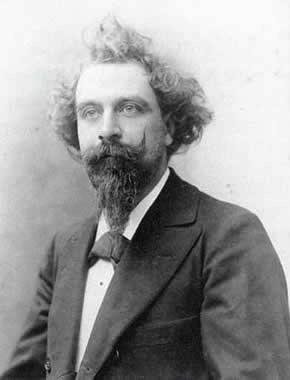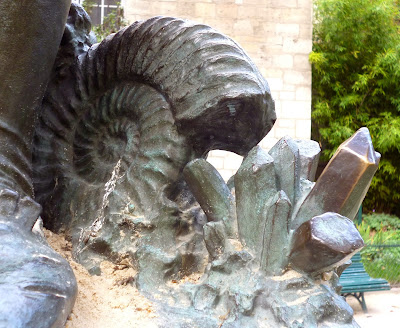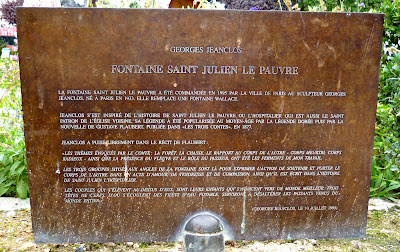Anthony Cronin's Samuel Beckett is the first biography of the writer that I've read, and before this I knew very little about him outside his work. I remember studying En Attendant Godot when I was doing my first degree (which was in French) at Leicester University, and the late Dr Peter Fawcett suggesting that Beckett perhaps wasn't all gloom and doom as he'd lived with his wife in sunny Vaucluse in Provence. He didn't appear to be joking, although I've learned through this biography that Beckett only lived in Vaucluse during the war as this was unoccupied France, but the material circumstances in which Beckett and his companion Suzanne Dechevaux-Dumesnil (this being some time before their marriage) were living were pretty dire.
My Samuel Beckett posts:
––––––––––––––––––––––––––––––––––––
Anthony Cronin: Samuel Beckett: The Last Modernist
Samuel Beckett: En Attendant Godot | Waiting for Godot
Francisco Pérez Navarro: Galería de moribundos
Deirdre Bair: Samuel Beckett: A Biography
Samuel Beckett, 14e arrondissement





















































